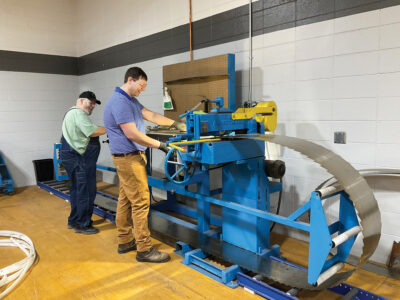The U.S. South’s Softwood industry has enormous potential for a variety of reasons. The region has a significant forest resource with room for expansion, low and stable wood costs and a thriving lumber and pellet manufacturing sector. The local forest industry is set to grow in the coming years and play a more prominent role in regional and global forest product markets. This expansion will lead to a tighter log market, but growth will still exceed harvests (drain) in most states. Longer-term, the drain could overtake growth in some states unless the productive forest area expands, harvest yields improve or access to small woodlots and underutilized forests increases. It should be noted that wood markets are often very local, and the demand-supply balance can vary significantly in micro-markets within individual states.
The sawmilling industry is the largest end-user of Softwood logs in the U.S. South and is also the sector that has increased capacity the most over the past decade. Lumber output has grown from 26 percent of North American production in 2011 to 33 percent in 2021. Lumber producers in the region are still not likely to be significant players in international markets due to expected strong domestic demand and declining imports from Canada. However, the continued expansion in capacity will help reduce the U.S. lumber import demand in the coming years.
The excerpt above is from the just-released Focus Report “US South Softwood Industry – Outlook for the world’s most important softwood fiber basket” published by Wood Resources International LLC and O’Kelly Acumen









